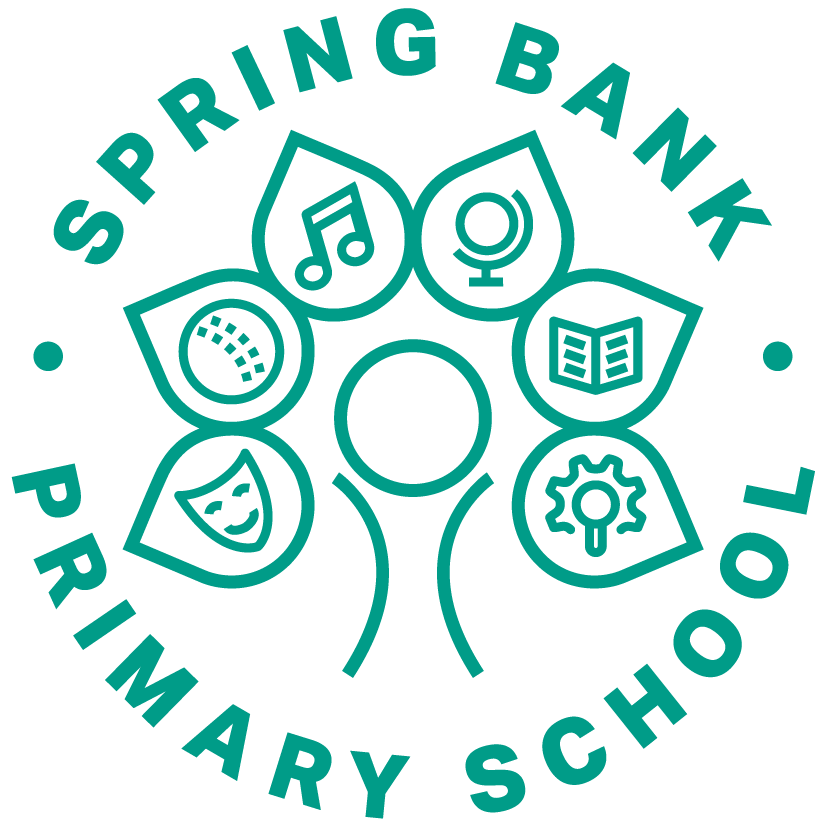Our Curriculum
Year 1
WELCOME TO YEAR 1 2024 - 2025
Class Teacher: Miss Mitchell
Teaching assistants:
Mrs Musamih - in class Mon - Fri
Mrs Ausobsky - in class during Literacy lessons Mon - Thurs and Tues, Thurs and Fri afternoons.
Year 1 will also be taught by Mrs Wilton on Monday afternoons.
Reading
Please help your child to read every day at home and sign their reading book to show that it has been read, making a quick note of any sounds which your child has found tricky. When your child needs a new book, they should place their book and reading record in the box outside the classroom when they come in at the start of the day. Their book will then be changed the same day. Our expectation is that children change their reading book at least once a week.
Our class library day is Monday when children may select a book at lunchtime to take home from the library.
PE Lessons:
Year 1 have PE on Tuesdays and Wednesdays each week. Please ensure that your child comes to school in the correct PE kit on these days. Please can children who have long hair ensure that it is tied back.
Acceptable PE kit:
- blue/black shorts or leggings/jogging bottoms
- white t-shirt
- running trainers
- blue/black sweatshirt or hoodie for outdoors
Phonics Screening Week
All Year 1 children will complete a Phonics Check during the week commencing 9th June 2025. This will be done on a 1:1 basis with Miss Mitchell.
Useful Websites
Purple Mash Log in - Purple Mash is the programme we use to teach computing, but children can access this at home. They can use the games and tools to help with their learning. Login details can be found in the back of their reading journal.
Oxford Owl - Log in - Oxford Owl has lots of activities to help with reading and phonics. The children can use the extra practice zone to further their phonics knowledge and there are extra books for them to read. The password is on the Class Dojo page.
Numbots - Log in - A maths app for the children to practise their subitising, addition and subtraction number bonds. Login details can be found in the back of their reading journal.
Edshed - Log in - Spelling Shed is good for spelling skills. Login details can be found in the back of their reading journal.
Get In Touch
- Spring Road,
Headingley,
Leeds,
LS6 1AD - 0113 204 3120
- hello@springbank.owlcotesmat.org

